An Overview Of The Heart Part # 01
The heart is one of the most important organs of the human body if not the most important at all because it is the organ responsible for pumping blood to all parts of the body, a muscle organ consists of four main chambers are the right atrium, left atrium, right ventricle, left ventricle, The lungs are above the stomach, protected by the thoracic cavity, approximately the size of a fist, weigh approximately 250 to 300 grams, and the heart rate is approximately 100,000 beats per day. The heart beats from sixty to eighty beats per minute,
Birth beats their heart beats in the minute For one of the seventy beats to one hundred and ninety almost, is the responsible member of the blood circulation in the body heart, it called the circulatory system.
The heart in the human body is conical, weighing between 250 to 350 grams in an adult and almost the size of the hand. The heart is also affected by the rest of the body's muscles by exercise; the size, health and strength of the heart increases in athletes and high fitness.
Heart function :
The right part of the heart works to receive the carbon dioxide-free blood from the various tissues of the body through the upper vena cava as well as the inferior vena cava, where the blood passes through the triode of chambers to the right ventricle, and then moves to the lung across the artery Known as the pulmonary artery, and then received this blood in the left side of the heart, and pass to the left atrium and then the right ventricle after being purified and loaded with oxygen and then transferred to all parts of the body.
Components of the heart External parts :
Aortic artery: Aura known as the aorta, the largest artery in the body, which works on the distribution of oxygenated blood to all parts of the body in the so-called major circulation. Upper vena cava: a blood vessel characterized by large diameter and short length, the transfer of non-oxygenated blood from the upper part of the body to the right atrium. Lower vena cava: The unoxicated blood is transferred from the lower part of the body to the heart. Pulmonary artery: The blood sends little oxygen to the lungs. Pulmonary vein: oxygenated blood is pumped from the lungs to the heart. Coronary arteries: nourish the heart, consisting mainly of two main arteries, namely the left coronary artery, as well as the right coronary artery.
Internal parts :
The heart is made up of four hollow chambers divided into the right part and the left part, separated by a muscle wall known as the barrier and each part contains a stomach and ear. Heart valves Blood passes through these valves from room to room across the heart, while not allowing the blood to turn back the direction of the walk by closing it very quickly, which is a tissue thin tissue, the heart contains four valves, namely: coronary valve, Balconies, the two valves that control the flow of blood from the atria to the ventricles. The aortic valve, and the pulmonary valve that control the passage of blood from the ventricles to the atria.
Place of heart in the human body :
The heart muscle is located between the lungs, and the heart is slightly to the left behind the rib cage that protects it. The heart almost has the same size as the hand grip. The heart is also above the stomach.
Mechanism of action of the heart in the human body :
The right part of the heart receives the non-oxygenated blood from various upper and lower body tissues through the upper vena cava and inferior vena cava. The non-oxygenated blood passes through the trigeminal valve to the right ventricle and then passes to the lung through the pulmonary artery.
On the left side, the delivery of oxygenated blood from the lung through the pulmonary vein occurs to the left atrium and then to the right ventricle and from it to the rest of the body.
Serious heart disease :
Cardiovascular disease, or cardiovascular disease, or atherosclerosis, is the most serious heart disease ever, as it is the most important disease leading to death in the world. In America alone, about 380,000 people die each year from coronary heart disease, the number one killer. Every year, 720,000 Americans die of heart disease caused by arterial heart disease. The United States spends about $ 108.9 billion on heart disease.
Cardiorespiratory heart disease, which is considered the most serious heart disease, occurs as a result of the accumulation of fatty substances in the vessels that reach the heart where the passage of blood carrying oxygen to the heart is prevented. Thus, the heart loses its ability to perform its functions, and thus the body is affected by the disease, thus losing all members of the body the ability to carry out its vital functions. Atherosclerosis or narrowing of the arteries can eventually lead to a stroke.
It happens that the fatty substances accumulate in the blood vessels of the heart, and over time, narrowing of the arteries occurs, leading to atherosclerosis. Atherosclerosis can eventually cause heart stroke.
Hardening of the arteries or narrowing of the vessels due to some of the main factors such as:
- Smoking
High cholesterol
- Hypertension
- Diabetes
If the doctor sees a risk of coronary heart disease or atherosclerosis, he will ask for a blood analysis and a question about the family's history and lifestyle. In addition to the possibility of diagnosing the disease through some diagnoses such as: - MRI of the heart is the latest and best types of diagnosis - Cardiac tomography Prevention of arterial heart disease can reduce the risk of the disease, which is the most serious heart disease. Among the ways to prevent arterial heart disease, get rid of smoking, change diet, reduce cholesterol and control pressure. (Prevention of arterial heart disease) .
Coronary artery thrombosis surgery is done by taking a piece of vein, usually the thoracic vein of the thigh and using it to allow the blood to bypass the artery blockage and the internal mammary artery can also be used. This artery is located inside the front of the chest. There is an artery on each side of the chest. The lower end of this artery is flattened and stitched into the coronary artery behind the occlusion. The blood is then redirected to the coronary arteries. Other arteries such as radial artery and gastrointestinal tract can be used. Coronary coronary artery bypass surgery (the most common and safer) or the beating heart (limited use - not in all patients).
Some dieting, drugs and sports movements followed by the patient before undergoing the process, but their percentage is very weak
Fruits, yellow lentils and brown lentils.
• Follow a vegetarian diet more than meat.
Which works to open the arteries of the heart again after the blockage of fat, stressing that the patient needs an integrated program, where it is necessary to exercise, especially the sport of walking.
He pointed out that there are exercises to get rid of nerve pressure and some spiritual exercises, such as meditation, prayer and humbled Yoga.
The heart beats at a rate of 70-80 beats per minute. Each pulse of the heart leads to contractions of the muscle and pumping blood from inside the heart to circulate in the blood vessels and then is distributed in the arteries to reach the different organs of the body.
The action of the heart needs energy and lunch (like other members of the body). This energy comes through the blood, which travels through the arterial arteries, which are precise arteries responsible for supplying the heart itself with blood.
The heart is protected by a special external membrane that protects and isolates it from contact with neighboring organs.
Heart disease may affect any part of the mentioned parts and lead to a defect in the building or function of that part .
This first part was a summary of the heart of Anschlh Part II will be on heart disease thanks for follow-up .
You Like this post, do not forget to upvote or FOLLOW ME or resteem
Reference :
image credit :
Check out some of my Prior Posts
- The Benefits Of Using Oil On Your Skin Part I
- Healthy Weight-Loss & Diet Recipes
- Vitamin B17 Deficiency | Vitamin B17 Foods | Vitamin B17 Benefits
- white Toxins
- Vitamin C Deficiency | Vitamin C Foods | Vitamin C Benefits
- GET EDUCATED HIV / AIDS IS A SIL
- Vitamin B12 Deficiency | Vitamin B12 Foods | Vitamin B12 Benefits






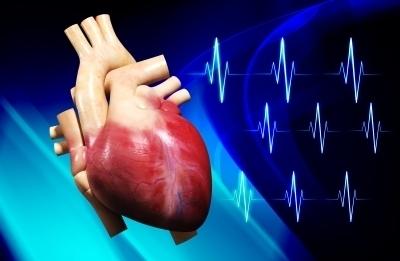
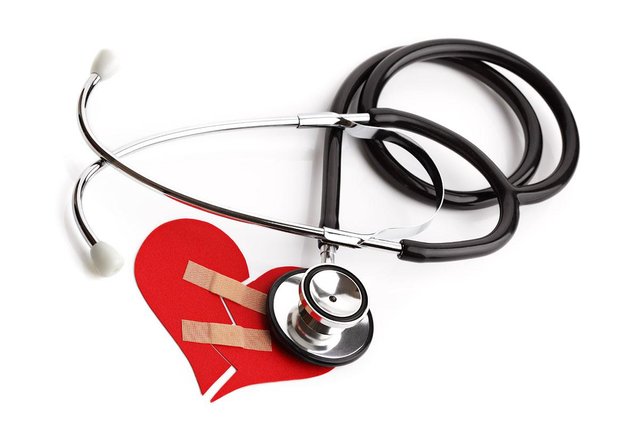
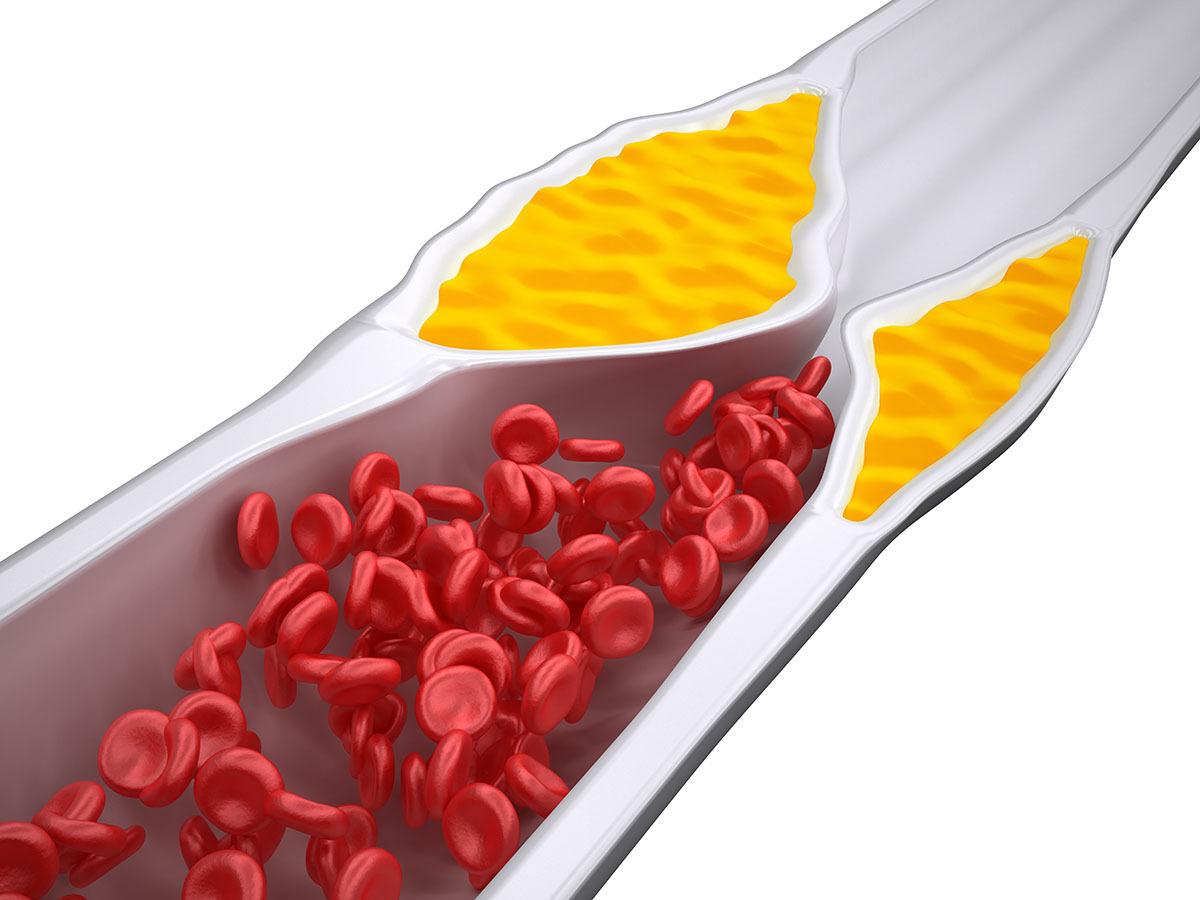


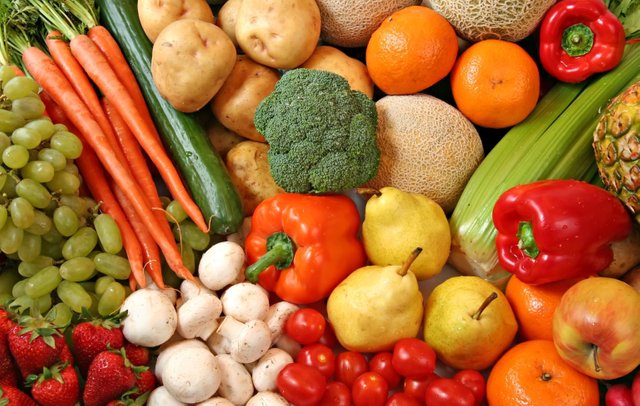
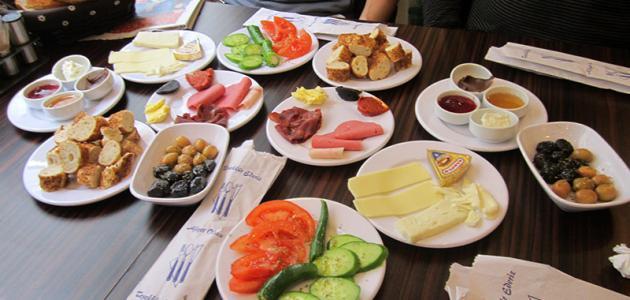
You got a 0.49% upvote from @upme requested by: @igider.
Send at least 1.5 SBD to @upme with a post link in the memo field to receive upvote next round.
To support our activity, please vote for my master @suggeelson, as a STEEM Witness
thank you
You got a 22.68% upvote from @adriatik courtesy of @igider!